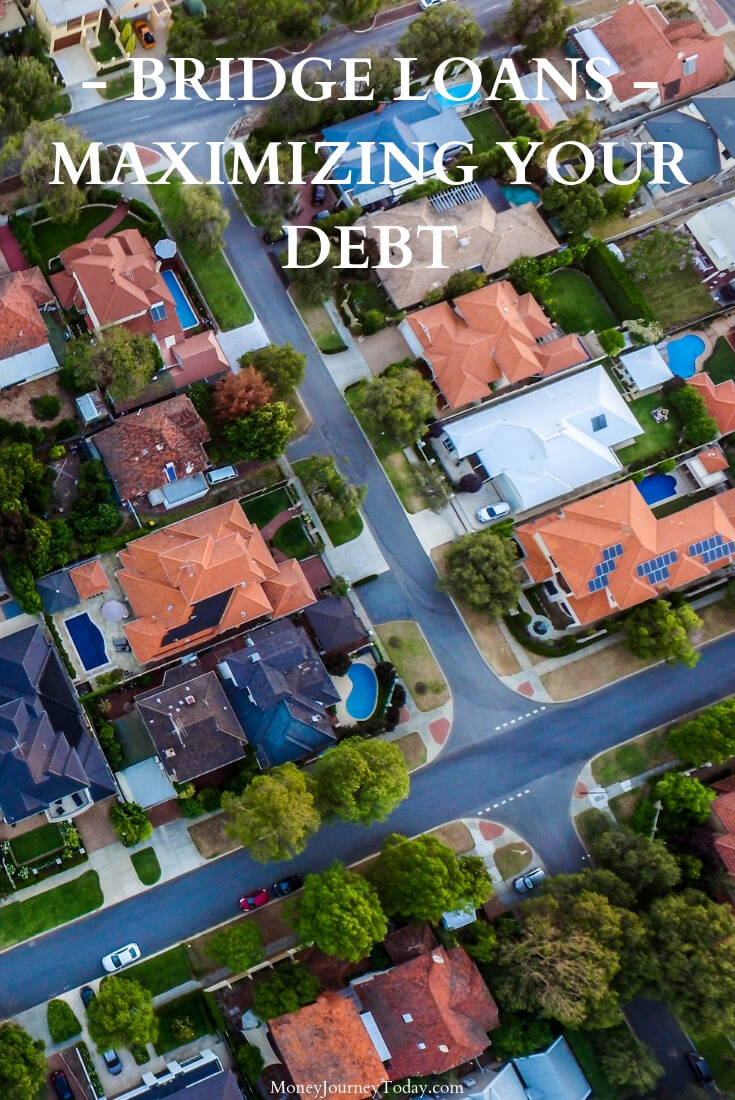Bridge loans are probably the most misunderstood aspect of the property market and various levels of investors remain stumped by its intricacies. They are infamous for risk, cost, and even conveying a sense of being shady.
Bridging lenders were mostly a cunning bunch that bore every semblance to Shakespeare’s Shylock character. Your house was theirs once you defaulted.
Regulation has instilled some maturity into the sector though, and this doesn’t happen anymore. Yet, bridging finance is still relatively expensive, and largely confusing.
Properly applied, bridging is a powerful tool that facilitates time-bound profitable deals that might have been out rightly impossible. Here are a few things you must know to use bridging loans with every ounce of confidence.
Bridge loans are not mortgages
Bridge loans are not mortgage loans but despite the differences, there are some striking similarities:
- Your loan amount is determined by the value of your property or other collateral.
- You lose control over the property once you take the loan, meaning they can repossess it once you default.
- There’s interest over the loan duration, the loan is paid at the end.
The obvious differences include:
- Duration, the most important. While mortgages span 25 years, bridge loans can be as short as one week to 3 years.
- Bridging is more expensive.
Other less-obvious differences that give a better understanding of bridging include:
- Personal income is of minor concern to the bridging lender;
- The rental income of the property does not bother the lender due to typical short loan terms;
- The condition of the property has little impact on the transaction;
- Bridging finance can be arranged really quickly: weeks at most.
The Mystery of First and Second Charge Lending
Lenders are entitled to a “charge” over the property as security for their loan.
You cannot then sell the property or raise money against it without the lender’s approval. The lender can also arrange a sale of the property if you default, to recover their money.
When lending is on first charge basis, you take a loan from one lender alone. Once the property is sold, they are also first in line to claim any proceeds.
Where you are able to get a second charge loan, that is you take an additional loan elsewhere, the latter lender is next in line after the first lender.
Now this is where you start to tread carefully, as both lenders cannot lend you 70% of the property’s value.
To accommodate their prompt payment if things turn sour, the total of both loans can only amount to something close to 70% in total.
A second charge can make sense if for instance, you have a longstanding mortgage for 30% of the property’s value and you want to keep that due to its low rate, to need to raise more funds.
Keep these facts in mind as you proceed:
- The first charge lender has to consent to have a second charge lender behind them.
- Second charge lenders charge higher rates. They bear more risk because even if they attempt to
force a sale, they are only second in line as for proceeds.
Your borrowing limit
The amount you can take as a bridging loan is totally dependent on the property value.
Other factors including the amount of rental income and personal income are not factors to reckon with in bridging loans calculations.
Various lenders treat value differently. This is uncomfortable but it can also be a blessing.
Loan-to-Value Ratio
Bridging lenders can often lend to you based on current market value alone, ignoring the lower price you may have paid for the property. This lets you borrow more money than might have been possible in strict mortgage scenarios.
Some lenders even offer loans using the Gross Development Value (GDV). This takes into account the value of the property once all planned work on it is completed. Sweet! So, if your renovation will boost value to £120,000, you can be loaned £84,000 (70%).
The only caveat is you get the difference accruing from the renovation only after you complete the actual work.
The GDV approach makes things easier if you find a willing lender, than having other lenders who would only consider either the purchase price or true market value.
Remember though that with bridge loans (as indeed all loans), a higher amount means higher interest rates, which you have to consider in the cost of completing the project.
